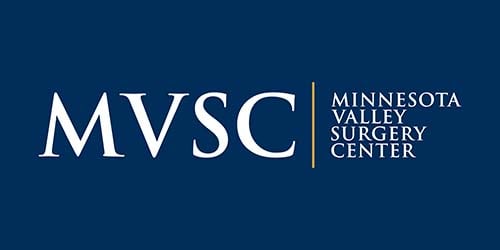What Is A Laminectomy?
Aggravating lower back pain that does not go away with conservative treatments usually requires surgery. A shooting back pain with paresthesia can be treated with laminectomy. This surgical procedure involves removing a part of the bone, called the lamina, from the lower spine. Patients who have a laminectomy experience a release of pressure on the spinal cord or nerve roots.

Disc damage
A herniated disc is a common reason to have a laminectomy performed. This injury occurs when one of the discs located between the vertebrae in the spine is pushed out. The damage caused by a herniated disc can put pressure on the spinal nerves. This pressure leads to pain and numbness or weakness of the lower limbs. Sciatica is a commonly reported symptom among people who have a herniated disc. Sciatica presents with shooting pain on the sciatic nerve. This shooting pain occurs from the buttocks to the back of the lower leg.
Laminectomy candidates
The decision to undergo a laminectomy is based on the healthcare provider’s suggestion and the patient’s approval. This surgical procedure is usually the last treatment option if conservative medical treatments fail. Laminectomy is used to treat herniated discs and tumors of the spine. Back pain with paresthesia and weakness of the limbs may also be treated with laminectomy. A loss of bladder or bowel control is another indication for laminectomy.
Preparing for surgery
A laminectomy procedure can take up to 2 hours or more, depending on the case. Some patients are discharged on the same day of surgery, while some stay a couple of days longer. A laminectomy can offer significant relief for various types of back pain. However, every patient’s response to the surgery varies. About 70-80% of people find laminectomy effective in improving back pain symptoms.
Keep in mind the risks
Laminectomy has some possible complications, including infection, bleeding, blood clots, nerve injury, and bladder or bowel issues. Other complications include continuous back pain, spinal fluid leak, and allergic reactions to anesthesia. Reassuringly, most people do not experience complications. Additionally, since laminectomy does not treat the underlying cause, there is always a possibility of the symptoms returning for some patients.
Healing expectations
Recovering from laminectomy takes time. Upon discharge from the hospital, the healthcare provider will prescribe medications to control pain and provide instructions on proper post-op care. Physical therapy (PT) will also be suggested, and this is an essential aspect of proper and complete healing. A physical therapist will help to perform specific exercises to restore strength to the back.
Moving forward with laminectomy
In most cases, a laminectomy provides a significant amount of symptomatic relief. The doctor may recommend the procedure if severe lower back pain persists and is accompanied by other symptoms. Before considering laminectomy, inquire about risks, benefits, and recovery time from the healthcare provider. A common surgery may be the key to a future free of back pain.
More Articles from MVSC
April 15, 2024
Spinal surgery is an excellent solution for lower back pain, but symptoms can return. With lifestyle changes, patients can get the most out of fusion.
February 29, 2024
Rotator cuff tears can severely limit shoulder mobility. Surgery can relieve pain and improve mobility, allowing patients better reach.
January 15, 2024
Spinal conditions in the lower back may require a procedure called laminectomy. With MIS, patients have higher success rates.
December 21, 2023
Clavicle fractures are often treated non-surgically. The location and degree of damage can indicate whether collarbone surgery is needed.







